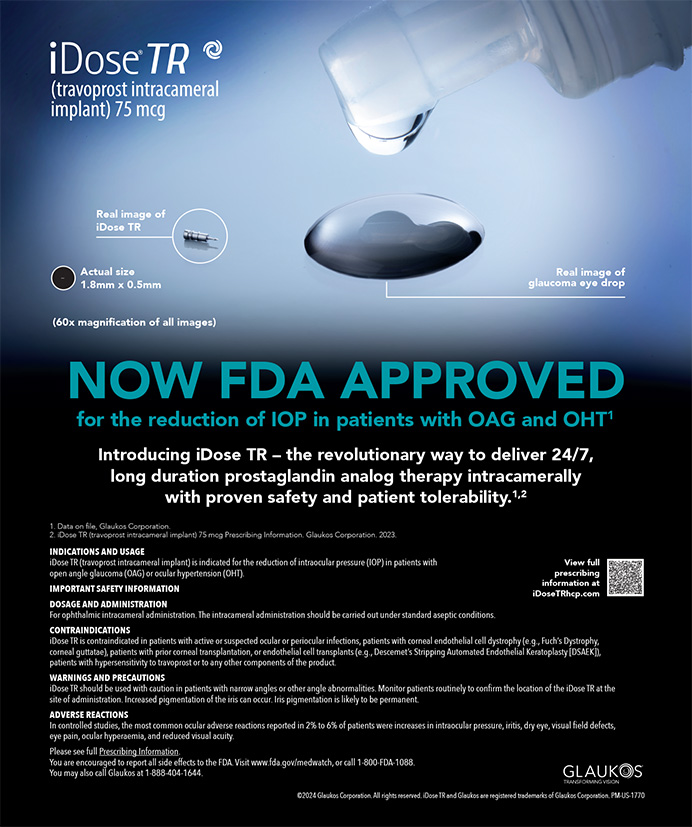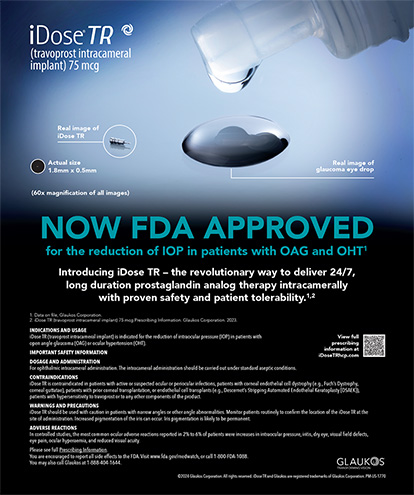
Have you been struck by a turtle? Were you recently sucked into a jet engine? Maybe you were burned when your water skis caught on fire? Is your problem something as mundane as a spacecraft collision in which you, the occupant, were injured? Well, have no fear, because when you present to the emergency room with one of these maladies, there is a specific International Classification of Diseases 10 (ICD-10) code available to describe your exact problem. Every possible event affecting the health and welfare of Americans will be categorized. Thanks to ICD-10, someone from the government will be able to accurately determine if the problem of stabbings during crocheting mishaps is increasing, decreasing, or holding steady. I am sure that the next coding release, ICD-11, will include data on whether a crochet-related stabbing is less than or equal to 1.5 cm in depth and if the crochet needle was held in the right or left hand at the time of the incident.
The October 1st nationwide rollout of ICD-10 was a source of irritation for practitioners and amusement for the lay public. We ophthalmologists should probably consider ourselves fortunate that so much of what we see is confined to only a few hundred diagnoses. Imagine the nightmare of a primary care physician, who might encounter one of the 69,000 or so possible diagnoses in the ICD-10 universe. How can the average practitioner possibly be expected to accurately codify everything present at each encounter? Will they begin to use safe, common codes to simplify the process? Probably. As the saying goes, garbage in, garbage out.
Why is all this happening? According to the Centers for Disease Control and Prevention, the main reason for the switch to ICD-10 is that “the US is the only industrialized nation still utilizing ICD-9-Clinical Modification codes for morbidity data, though we have already transitioned to ICD-10 for mortality. This severely limits direct comparison of US morbidity diagnosis data to US state and national mortality data, as well as limits international disease comparability.”1 ICD-10 is therefore being implemented to provide better comparative data for public health policy making?
Is ICD-10 really just a giant effort to create a payment bureaucracy so complex that the claim denial rate will soar, which will ultimately save money? Although many believe this to be the case, and it may indeed be the result, I do not believe it was the intention. What ICD-10 does reek of is the systematic gathering of highly detailed actuarial data that can—and probably will—be used to shape policy. Shaping policy is a euphemism for limiting coverage, which in turn is a euphemism for rationing care.
The truth is that we will get used to ICD-10, and soon, it will simply be another component of what we do to have the privilege of participating in the insurance reimbursement system. ICD-10 will be the last straw that precipitates some ophthalmologists’ abandonment of the insurance system altogether. Others of us will consider the prospect of ICD-10 and electronic health records and simply retire. Most of us will groan and bear it, accepting yet another paper cut induced by a dysfunctional system that is hurtling toward a crisis. At some point, the hassle associated with participating in the insurance system will reach a tipping point that drives significant numbers of physicians out of the system, precisely when the demand for cataract surgery reaches unprecedented levels. That constellation of events will create a chaotic spectacle to behold.
Steven J. Dell, MD
Chief Medical Editor
1. International Classification of Diseases, (ICD-10-CM/PCS) Transition – Background. Centers for Disease Control and Prevention.
http://www.cdc.gov/nchs/icd/icd10cm_pcs_background.htm. Updated October 1, 2015. Accessed October 9, 2015.


